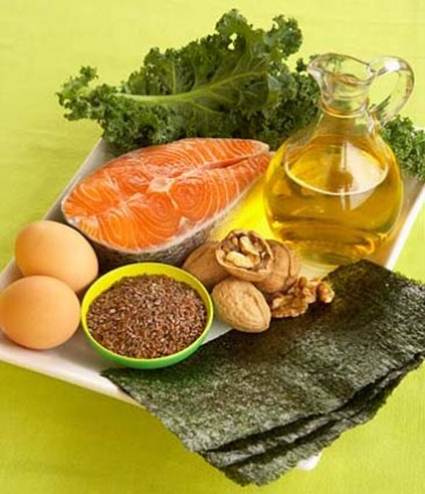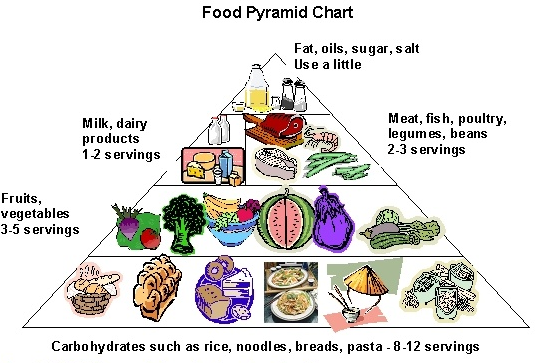More ways to get this super-healthy
nutrient every day
Omega-3 fats are a nutrient powerhouse,
shown to improve heart health and mood. Of the omega-3s, docosahexaenoic acid
(DHA) and eicosapentaenoic acid (EPA) are the most impressive. “They are longer
than other omega-3s (like alpha-linolenic acid, or ALA), so they make your cell
membranes more fluid, which helps brain, eye and nerve cells function better,”
says Kantha S., Ph.D., a spokesperson for the Institute of Food Technologists.
Yet most Americans only get 100 mg a day of DHA/EPA, far short of the
recommended 250 mg. Find out how you can get more below.

Omega-3
fats are a nutrient powerhouse, shown to improve heart health and mood
Can I boost my immune system with
probiotics?
Here’s an instance where you can feel good
about bugs in your food: probiotics the live microorganisms found in fermented
foods, such as yogurt, kefir, miso, tempeh and sauerkraut may help your
immunity.
In one study, participants who took a
probiotic supplement (50 million cultures of Lactobacillus gasseri,
Bifidobacterium longum and B. Bifidum) over two winter/ spring seasons
shortened any colds they got by about two days and lessened their symptoms, compared
to those who took a placebo. Additional research reviewed in Pharmacological
Research found that L. Casei (often added to yogurt) boosts T-cell production,
our immune system’s specific, targeted line of defense. Scientists think
probiotics help your Gl tract’s natural bacteria to block pathogens from being
absorbed.
Though the research is promising, we don’t
fully know why certain strains work or how many we actually get in a product.
(Yogurt labeled with the “Live & Active Culture” seal, however, guarantees
100 million cultures per gram about 17 billion cultures in a 6-ounce cup, at
manufacturing time.) Even if a number is listed, some of the probiotics may
naturally die during storage or be destroyed during digestion. We also don’t
know how many probiotics are needed to be effective (some say it’s the amount
in a spoonful of yogurt, others say you need a cup).
Bottom Line:
Stick to probiotics from fermented foods. You’ll get a dose of healthy bacteria
plus other good-for-you nutrients (think: calcium in yogurt, etc.). Supplements
might help, but they may not deliver the strain or dose promised.

Phytonutrients,
probiotics and fermented foods
|
Food sources
|
Where’s the DHA/EPA from?
|
Serving size
|
How much
|
|
Natural
|
|
Cold-water fish
|
Wild fish make DHA/EPA from the algae
they eat.
|
4 oz.
|
2,085 mg (salmon) 1,110 mg (sardines) 305
mg (light tuna)
|
|
Seaweed (nori) & kelp (wakame, kombu
or dulse)
|
Both are algae, which produce some
DHA/EPA.
|
1 oz.
|
4-134 mg
|
|
Fortified
|
|
Eggs
|
Chickens turn some of the omega-3s from
flaxseed in their feed into DHA/EPA.
|
1 large egg
|
30-150 mg omega- 3s (some of which is
DHA/EPA)
|
|
Milk
|
Added fish oil (anchovy & sardine) or
algal oil.
|
1 cup
|
30-50 mg
|
|
Peanut butter
|
Added fish oil.
|
2 Tbsp.
|
32 mg
|
|
Bottom line: Cold-water fish is the best
source. “Nature packages nutrients like DHA/EPA with other substances like
fat that facilitate absorption and effectiveness,” says Shelke. Fortified
foods or a supplement can help up your intake.
|